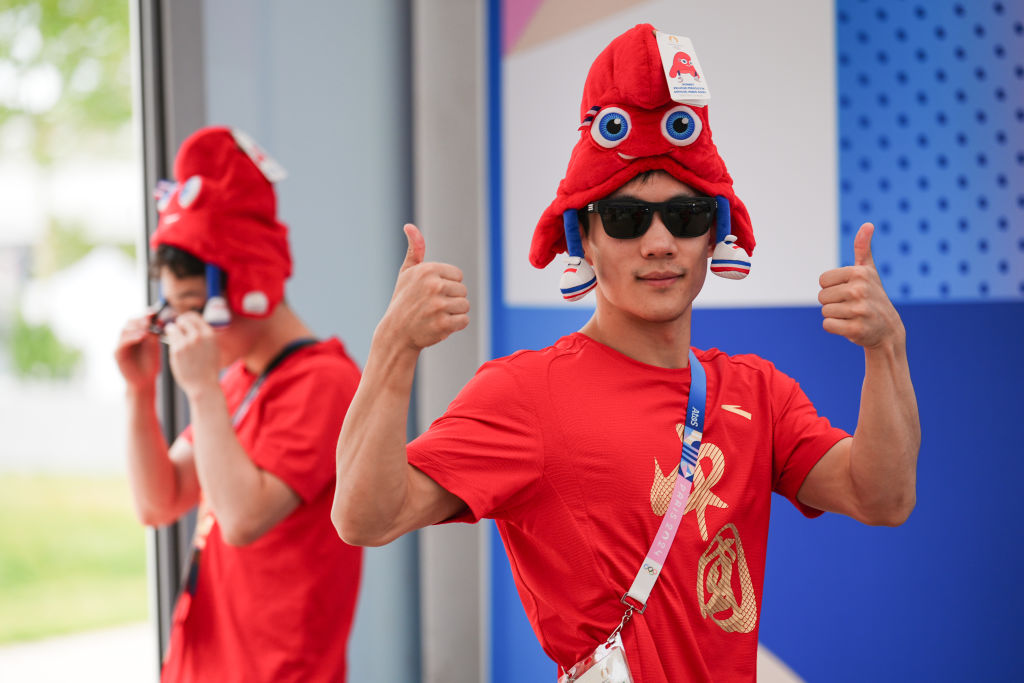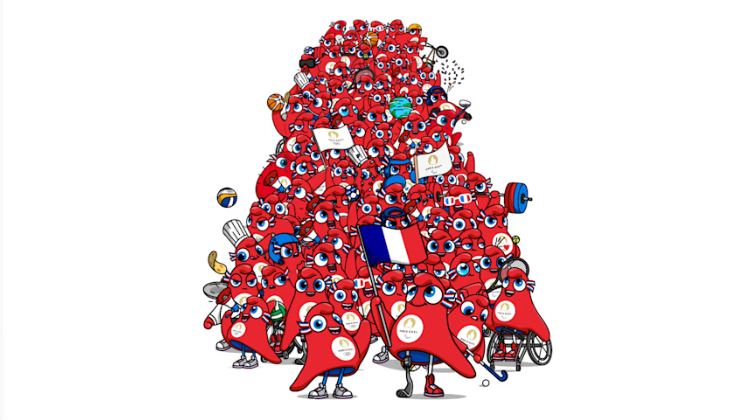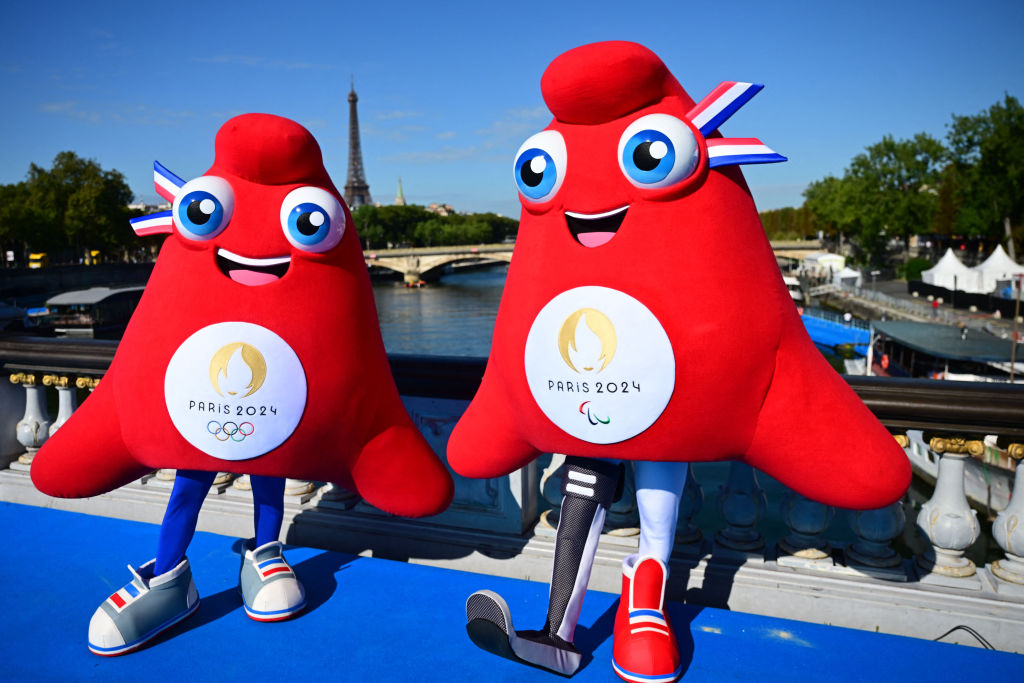The 2024 Paris Olympics are finally upon us, and there’s one pretty prominent symbol for these games that has a lot of people scratching their heads.

The two red blobs that make up this year’s iteration of the Summer Olympics’ mascots look more like they belong in a geometry class than on a sporting field, but they’re actually a pretty important part of French history.
No, the Phryges, as they are called, are not a pair of triangles, nor are they tongues or any other part of the body — instead, they are meant to represent a pair of Phrygian caps, a type of hat that is symbolic of the French liberation.
The Phryges (pronounced FREE-juh) are based on caps worn by 18th-century French revolutionaries who wore the head coverings as a symbol of freedom, but according to National Geographic, the origin of the cap goes back thousands of years, appearing in the Trojan War.
“We chose the Phrygian cap because it’s a very strong symbol for the French Republic,” said Tony Estanguet, president of the Paris 2024 organizing committee, when the mascots were revealed.
“For French people, it’s a very well-known object that is a symbol of freedom, an object that will represent mascots all across the world. The fact that the Paralympics mascot has a visible disability also sends a strong message: to promote inclusion.”
The caps, he added, are on “a mission of revolution through sport.”
Throughout French history, the caps have been worn. They were donned when French revolutionaries stormed the Bastille prison in 1789, marking the beginning of the French Revolution during the construction of the Eiffel Tower and Notre-Dame de Paris Cathedral, and even at early iterations of the Olympic games.
Even today, Phrygian caps find their place in French art and society, being worn by protestors, appearing on French stamps and currency, and appearing in a part of the country’s national school curriculum.

Get breaking National news
Organizers have described the Olympic and Paralympic Phryges as belonging to a larger family.
“They are the two main characters in a large tribe; they’re part of the family of Phryges,” Paris 2024 brand director Julie Matikhine said, according to Olympics.com. “According to our narrative, they have existed for thousands of years and were present during several key events in French history.”
She continued: “Now they have returned for this big event in France to lead a mission of revolution through sport. The aim is to show that sport can change everything in society. The objective is to show that sport and its values can do great things. It’s about fraternity, solidarity and it helps society grow.”
And while the two mascots look quite similar, they have been assigned opposite but complementary personalities.
The Olympic Phryge “is a tactician with a calculating, mathematical brain. Its methodical mind and alluring charm are sure to inspire people to get involved with sport.” Meanwhile, the Paralympic Phryge, who has a prosthetic leg and racing blade, “is spontaneous and full of energy and enthusiasm.”
Together, their motto is: “Alone we go faster, but together we go further.”











Comments